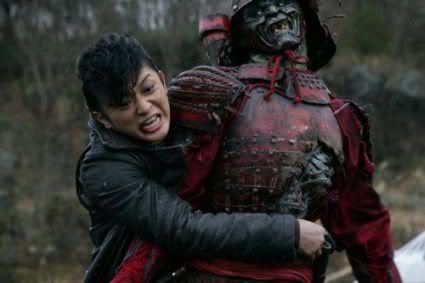
NEW YORK, June 27 – Jim Hanley's Universe (4 West 33rd Street) hosted a long afternoon of events celebrating Lesbian, Gay, Bi-Sexual, and Transsexual (LGBT) in the comic book industry. It was scheduled to coincide with the eve of the 40th anniversary of the Stonewall Rebellion. Erica Friedman, the President of Yuricon and ALC Publishing, moderated the panels.
Panelist included: Tony Arena, Amy Colburn, Foxy Andy, Rica Takashima, Abby Denson, Jennifer Camper, Steve MacIsaac, JD Glass, Allan Neuwirth, Ivan Velez, José Villarubia and others.
The panel covered many important issues challenging comic book creators and publishers.
Selling Out
One of the most interesting topics addressed is artistic freedom versus commercialism. Some of the panelists talked about their experiences with working for either Marvel or DC Comics. They addressed the corporate mind set and the commercial aspects that require hard time lines, high quality product output, and editorial controls.
Some audience members tried to frame the discussion as a big corporation versus the struggling artist argument (“creative freedom versus editorial decisions”). Some of the panelists tried to stem the argument. They put the issue into the greater context of market realities and the costs of production (printing, marketing, and employees). They further tried to dispel any notions that “business” is inherently evil. Villarubia insists that business a tool or vehicle to help sell and distribute comics to a wider audience regardless of the publishing type.
Independent Publishing and LGBT
Many of the panelists have vast amounts of experience in self-published comics and independent comics. They emphasized the guerilla tactic of “picking your battles”. Attending several smaller comic book conventions might be a better strategy than going to a few larger ones. They also pushed the idea of self-promotion and marketing as one of the key pillars to small run publishing.
The panel also addressed the difficulties of LGBT titles and books in the mainstream comic book market. They humorously discussed the “running away” phenomenon at conventions. Many straight people are attracted to tables with LGBT books because of the art or the title of the book. When they discover the book is a LGBT work, they usually drop the book and run away. Friedman witnessed the same “running away” behavior at Comiket (コミケット) in Japan and the New York Comic Book Convention (NYCC).

Rica Takashima
Overall, the panel encouraged engaging debate and discussion. Erica Friedman’s knowledgeable input and frank manner helped to guide the panel and the audience through a vast array of topics concerning LGBT comic book creators and independent publishing.
Related Links:




















